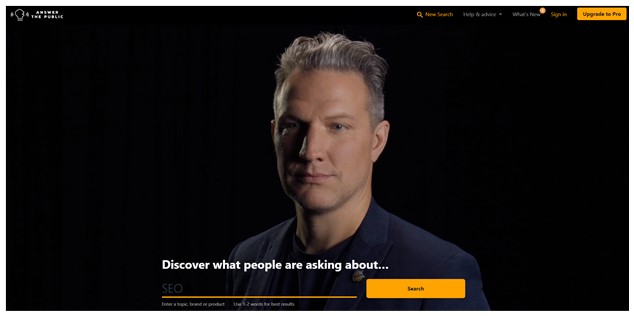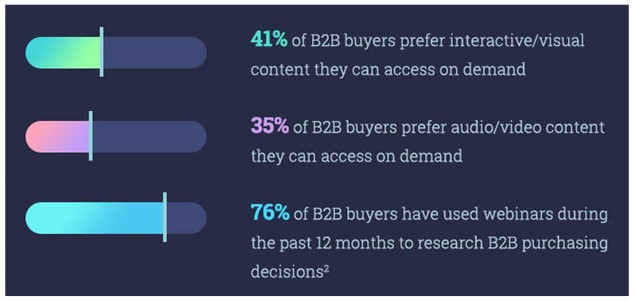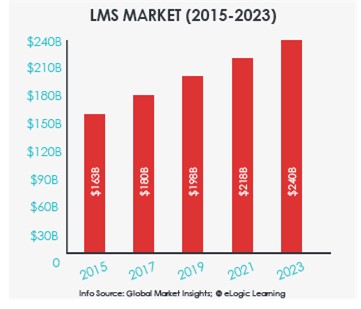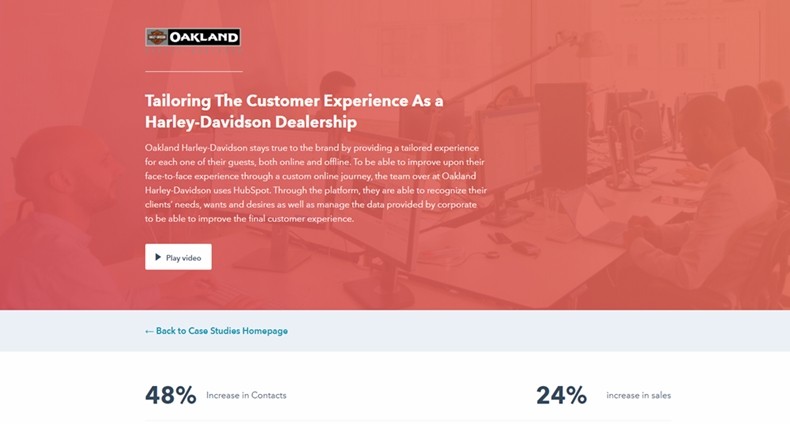Every marketer should live by the funnel. After all, why are we producing content? To generate leads, drive sales, and build authority.
But those things will happen only if the marketing funnel is fleshed out into a workflow that plans every step the customer will take, from discovering content to converting.
The problem is that 68% of companies don't measure sales funnels, according to Salesforce. But businesses require clear and optimized funnels for content marketing to perform and drive the bottom line.
That's what I'm going to cover in this article: proven steps for driving sales and leads with an effective content marketing funnel.
1. Start at the top and work your way down
Many marketers make the mistake of starting and finishing at the top. They produce top-of-the-funnel content... and hope for the best. Think of it as casting a wide net to catch as many fish as possible. But, as you'll see in Step 2, you still have to filter through them to find the best catches.
Top-of-the-funnel content includes blog posts, videos, and podcasts. They attract the widest number of users to your website (later, you'll gate resources to collect the users' information).
I recommend using a tool such as AnswerThePublic to find as many relevant and contextual topic ideas as possible. That will increase the amount of high-quality leads you generate through content marketing.

Enter a search term to begin. You'll get back a display of questions, phrases, comparisons, and other terms related to what you entered.
Individually save any topics you'd like to target, or use the export option to download a CSV file.
However, it's not just the topics you choose that will drive demand; it's the quality of the content you produce. You have to make the best possible impression on readers.
For online text, that means hitting a high word count: The average first-page Google result is 1,447 words long. Longer text is good for your company's search presence, and it offers more information, resources, and knowledge to readers. By providing in-depth content, you show them that you have their back. And they will appreciate that.
Make your content practical and actionable. Don't simply tell readers to do something; show them how to do it. Give them tools and resources. Include step-by-step instructions and screenshots.
2. Generate leads with middle-of-the-funnel assets
Remember the fishing analogy I used earlier? This step is where you separate the best fish from the net.
Middle-of-the-funnel assets are gated, which means that visitors must enter their email and other information to receive the resources. Those might include...
- E-books
- Courses
- Templates
- Guides
- Infographics
- Whitepapers
- Case studies
People who take extra steps to receive a resource are more committed to learning about the industry or solving a problem; thus, they are higher-quality prospects and may eventually convert.
For example, Marketo offers a free template under the condition that users enter their information to receive it.
3. Close at the bottom
This is where the fun happens! Leads have engaged with your content and business, and they are now deeper in the funnel. It's time to close.
How? By offering bottom-of-the-funnel assets.
The following are a few of the best content types and offers for this step.
Free Demos and Trials
Who doesn't like something that's free?
Free demos and trials are especially effective at converting if you sell a SaaS product or similar software. Leads are able to see and get a feel for how the software operates. They can experiment with dashboards and UI, see how integrations stack together, and tinker with settings.
They may well realize that the software would benefit their business, and so convert.
Webinars are quickly becoming one of the most prevalent forms of visual content. In fact, 76% of B2B buyers had used webinars in the previous 12 months to research purchasing decisions.

Use a platform such as Zoom to host webinars. It allows for up to 100 video participants and offers customizable branding and intuitive controls. Plans range from 100-10,000 view-only attendees.
Training Courses
Online education is booming: The e-learning industry is expected to reach a market size of $240 billion by 2023.

Online training courses are great assets to offer prospects at the bottom of the funnel. Train them on relevant skills and processes that align with your services.
If you're marketing an AI SaaS product, for example, teaching prospects how to scale and save time by implementing AI presents the perfect opportunity to sell your solution.
Success Stories
Case studies and testimonials are some of the most effective assets for converting leads and building trust with them because they get to see other people like themselves use your product or service and succeed. They learn the process of working with you, your pricing, and, most important, the results. Present exact numbers and percentages to make success stories as credible as possible.
HubSpot offers an excellent example. The website features a case studies section dedicated to detailing customer success stories.
All the case studies use a similar format for explaining who the customers are, the problems they were experiencing, and how HubSpot solved those problems.
* * *
We don't produce online content to make our websites look attractive. It serves a much greater purpose. The right content marketing plan can help your company thrive, but it has to start and end with the funnel, or you're just shooting in the dark.







